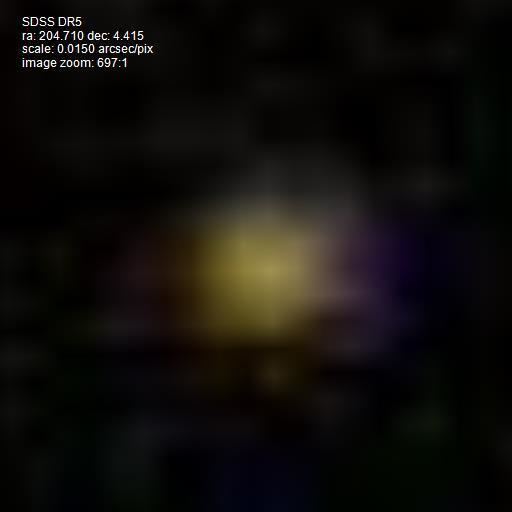Discovery date 12 April 2002 Alternative names 2002 GO9 Discovered 12 April 2002 Named after Crantor Asteroid group Centaur | MPC designation 83982 Observation arc 4882 days (13.37 yr) Orbits Sun Discovery site Palomar Observatory | |
 | ||
Discovered by Near-Earth Asteroid Tracking (NEAT) project Aphelion 24.8354 AU (3.71532 Tm) Discoverer Near-Earth Asteroid Tracking Similar Solar System, Sun, 55576 Amycus, 52975 Cyllarus, 8405 Asbolus | ||
83982 Crantor /ˈkræntɔːr/, provisionally known as 2002 GO9, is a centaur in a 1:1 mean-motion resonance with Uranus.
Contents
Discovery
(83982) 2002 GO9 was discovered on April 12, 2002 by the Near-Earth Asteroid Tracking (NEAT) program at Palomar. It is named after the Lapith Crantor.
Orbit
Crantor follows a moderately eccentric orbit (eccentricity of 0.28) with a semi-major axis of 19.43 AU and an inclination of 12.78º.
Physical properties
Crantor is a relatively large minor body with an absolute magnitude of H=8.8, translating into a diameter of around 60 km. Water ice has been detected on Crantor with a confidence of more than 3σ (99.7%).
Co-orbital with Uranus
Crantor was first suggested as a possible co-orbital of Uranus in 2006. Crantor follows a complex, transient horseshoe orbit around Uranus. Classical horseshoe orbits include the Lagrangian points L3, L4, and L5, but Crantor's horseshoe orbit also brings it near Uranus. The motion of Crantor is mainly controlled by the influence of the Sun and Uranus, but Saturn has a significant destabilizing effect. The precession of the nodes of Crantor is accelerated by Saturn, controlling its evolution and short-term stability.
